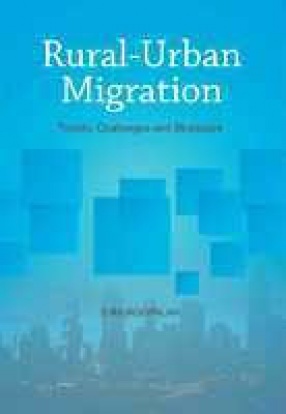
S. Rajagopalan

Showing all 19 books


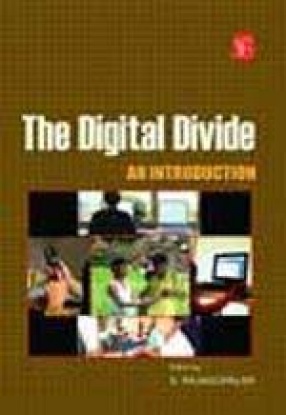

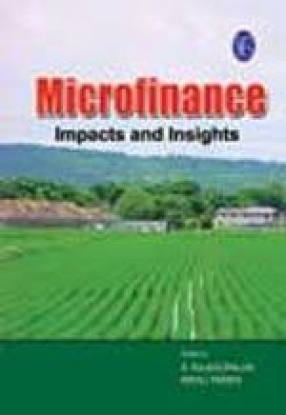
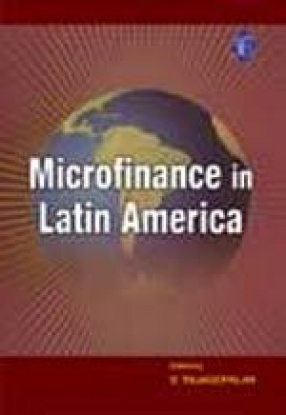


Rural-urban migration is phenomenon that, on one hand, reflects the dearth of employment opportunities in the rural areas and on the other, plenty of the same in the urban areas. Returns from farm activities, which dominate the rural economy, have been steadily declining in the developing countries, in non-farm activities, the returns are not much better. Employment, while being the main driver of rural-urban migration, is not the only one, in recent times, ...

Management consultants are highly prized for their knowledge in a knowledge-based society because they bring the wealth of their experience and skills to the world of business. No wonder today this is a highly sought-after profession with consulting firms seeking these experts. Today, the global market for management consulting is estimated at $125 billion, with about 500,000 consultants. This book captures the essence of management consulting as a profession. It ...

Health, in this day and age, means a lot of wealth to many engaged in the practice of healthcare and allied services. This precisely is the theme of this book that deals with the rapidly growing phenomenon of health tourism, also referred to as medical tourism. However, the dimensions and proportions have changed. Health tourism brings in vital foreign exchange and creates employment for developing economies. Recognizing this, a number of developing countries and ...

Rural-urban disparities, especially in developing countries, have for long been a major concern for policymakers. The disparities can be seen in all spheres of human life—economic and social. Income inequalities, lack of employment opportunities, lack of infrastructure and civic amenities, inadequate access to education, healthcare and other basic services are some of the major areas where rural areas lag behind urban, globalization and the spread of the ...

The last decade of the 20th century saw an explosion of information and communication technologies (ICTs) across the globe. Since then, ICTs have radically changed the way people interact, communicate, conduct their businesses and have opened doorways to information and entertainment at the click of a mouse. The personal computer, the Internet and the mobile phone that comprise the core of ICTs have revolutionized life in a rapidly globalizing world bringing huge ...
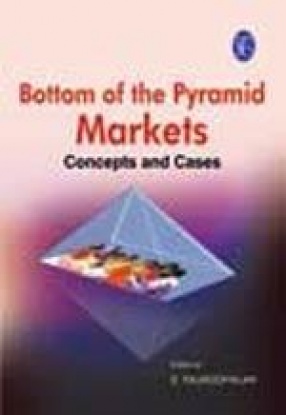
Market forces have for long bypassed nearly three billion people—half of the world’s total population—who live on less than $2 a day, or put differently, at the ‘bottom-of-the-pyramid’ (BOP) of society, ostensibly due to their low purchasing power. What seems to have escaped market attention is the huge profit potential that BOP markets represent, given their sheer size. What does it take to reap this huge profit potential? There should be recognition, ...
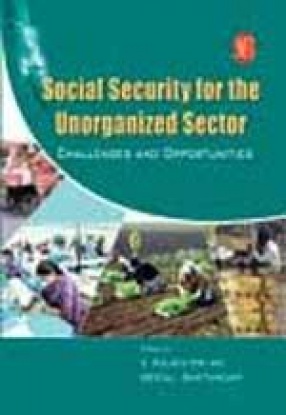
In simple terms, 'social security' can be defined as the mechanism to ensure that individuals in a society are able to maintain their standard of living through adversities and contingencies of life. In the context of poverty alleviation and development, social security also includes measures to address the basic needs of people. One of the major achievements of the twentieth century was the recognition of social security as a 'basic human right', and in the ...

Corporate intervention in agriculture through contract farming is seen as an essential link between corporate business and the farmer. The role of the corporate sector has increased considerably in almost all spheres of economic activity, including the agricultural sector. It is often felt that corporate farming has considerable potential in countries where small- scale agriculture continues to be widespread as small scale farmers would better perform with access ...

Foreign Aid is one of the key instruments in the development support that rich countries provide to the developing countries of the world. As defined by the Development Assistance Committee (comprising 22 developed countries) of the OECD, foreign aid includes financial flows, technical assistance and commodities that are: a) designed to promote economic development and welfare as their main objective (thus excluding aid for military or other non-development ...

The process of globalization that accelerated during the last decade of the twentieth century is generally associated with easier and increased cross-border capital flows, trade, and integration of world markets. There had been another globalizing influence quietly taking hold and spreading through the twentieth century and which has been continuing to do so in the twenty-first too - the English language. English emerged as the lingua franca of the world in ...
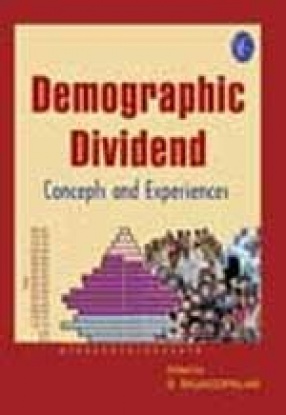
Every society undergoes a 'demographic transition', which is characterized by a decline initially in the mortality rates followed by a decline in the fertility rate, albeit after a time-interval. The decline in the mortality and the fertility rates bring about changes in the age-distribution of the population, gradually leading to a bulge in the working-age population (15 - 64 years) for a significant period of time, thus creating an opportunity for higher ...

For the past three decades, the microfinance sector has remained an important source for providing finance to the poor and the marginalized sections of society. This sector has been driven primarily by social objectives, led by non-governmental organisations and charities, with funding largely in the form of donor money or subsidized credit. But, today, a new paradigm of ‘commercial’ microfinance’ is taking shape: on the one hand, commercial banks are ...
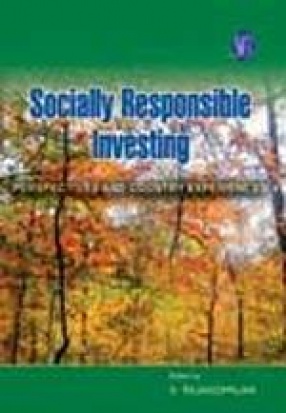
'Socially Responsible Investing' (SRI) is an investment process that considers the social and environmental consequences of investments, both positive and negative, within the context of rigorous financial analysis. Conventional investing is chiefly concerned with maximization of financial returns; SRI, on the other hand, operates on a wider canvas-it sees investing as a holistic process, one that holds the societal and environmental good in its ambit as much as ...

The field of microfinance has grown in size and stature since its humble origins in 1976 in Bangladesh. According to the Microcredit Summit Campaign, an international forum to promote microfinance, as of December 31, 2005, over 3,000 microfinance institutions around the globe have reported reaching 113 million clients, 82 millions of whom were among the poorest when they took their first loan. The recent announcement of 2006 Nobel Peace Prize award to Prof. ...

Over the past three decades, the field of microfinance has persistently sought to reach financial products and services – savings, loan, and insurance – to poor and low-income sections in the developing world, which includes Asia, Africa, Latin America, and parts of Eastern Europe. With the UN observing the year 2005 as the ‘International Year of Microcredit’, and Prof. Muhammad Yunus and Grameen Bank (the institution he founded) jointly winning the Nobel ...

Microfinance deals with giving financial services to the poor. This book discusses a wide gamut of case studies in microfinance to give the reader an essence of the various facets of this sector and an insight into the drivers of success of microfinance institutions. These case studies give the reader a conventional and a contemporary feel of the sector and serve as valuable lessons for practitioners, policy-makers and researchers.

2005 was declared the 'International Year of Microcredit' by the UN and this book sets out to explore the challenges and opportunities the microfinance sector. It covers the emerging areas, innovative approaches where the scope of microfinance products and services can be expanded along with case studies of how commercial banks have ventured into microfinance.
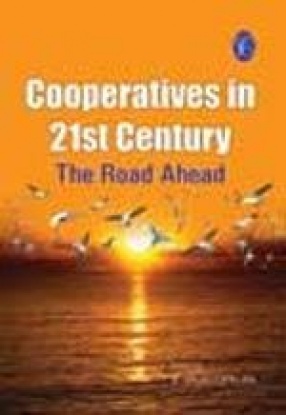
A cooperative is an organization brought into being by a group of people with a common economic interest, with the collective serving as a mechanism to leverage benefits for the members in the market. It does business just as a corporation; however, what sets a cooperative apart from a corporation is its member-owned and -controlled characteristic. In this sense, a cooperative is a self-help enterprise for its members. Since its origin in the 19th century, the ...
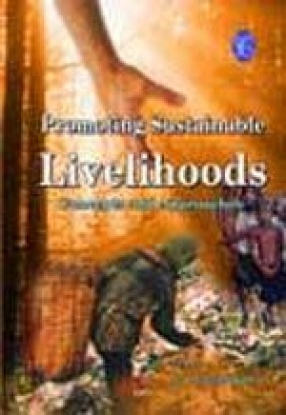
Nearly half of the world’s population lives on less than $2 a day, and close to a fifth on less than $1 a day. India alone accounts for 360 million people living below the $1 mark. Poverty and deprivation of such scale and magnitude at the beginning of the 21st century stand in stark contrast to the considerable achievements of mankind. Clearly, such a situation is unacceptable, and the UN Millennium Development goals rightly target reduction of extreme poverty ...
